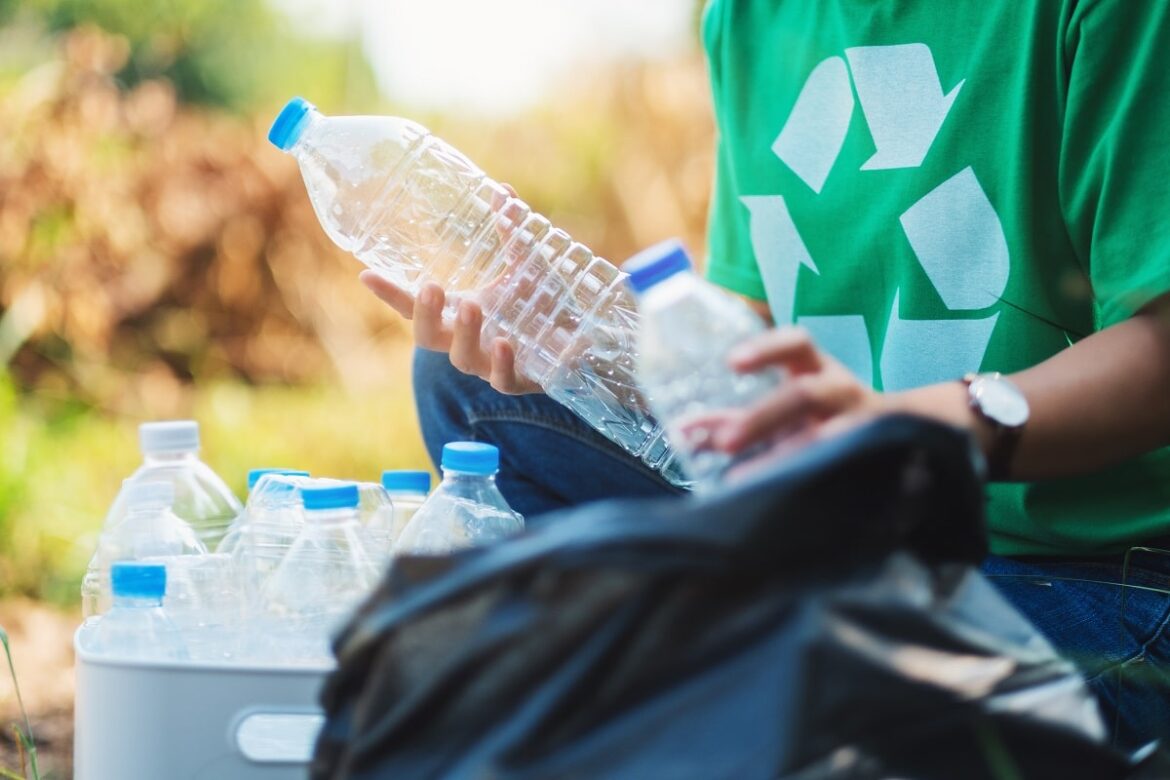Nowadays tons of people and companies are trying to be more environmentally aware and go green. That’s great! There’s a lot of information about green products out there, but it can be a little overwhelming. Sometimes it gets difficult to figure out how you can best become an eco-friendly consumer. Here are some tips to get started!
1. Pay Attention to How to Dispose of Eco-friendly Products
Even though biodegradable products are better for the environment in general, disposing of them incorrectly can do more harm than good. It’s important to stay informed about recycling and disposal best practices and follow them. Usually, there will be instructions on how to dispose of the product on its packaging. If you’re using a restaurant’s green product, management should display signs with disposal instructions available somewhere on the premises. Different products will have different disposal requirements that you need to keep in mind. For example, cardboard that comes into contact with food can’t be recycled because the food residue will contaminate the recycling batch. Similarly, oil-based plastics and compostable or biodegradable plastics need to be separated because they have different recycling requirements. It can be really difficult to keep all of these different disposal and recycling methods straight.
Knowing which trash should be taken where is also essential for reducing contamination and ensuring recycling centres can process waste correctly. Pennsylvania residents from cities such as Media and Chester are often looking for the top companies offering dumpster rental Delaware County can provide to help them manage large quantities of waste without mixing materials that require different disposal methods. This extra step can make it easier for households and businesses to remain compliant with local waste guidelines. It also supports community efforts to reduce landfill contributions while protecting recycling streams.
2. Use Biodegradable Dishware
This one is really easy. A lot of companies and restaurants are producing and selling biodegradable and compostable dishware already. As a customer, all you have to do is know which places are going green and how to dispose of their green dishware properly. This can be a bit confusing. Do you recycle it or just throw it away? Does it need to be put in a special compost bin? Some biodegradable cups can compost just fine without you having to do anything, but others could be mistaken for regular plastic. Some eco-friendly cups still have a layer of polyethylene on the inside for waterproofing, which can complicate the recycling process. If you’re aware of these differences you can better understand what you need to do with biodegradable dishware.
3. Purchase Reusable Plastic Products
Most sit-down restaurants provide reusable dishes and silverware, but it’s becoming more common in quick-service restaurants too. And you can also include reusable items in your day-to-day life. Instead of single-use plastic bottles and sandwich bags, you could invest in a metal or glass water bottle and beeswax sandwich bags or reusable containers. Bring metal silverware to work instead of buying plastic utensils. Since you’ll only need to purchase these items once, you’ll be saving money. That same logic applies to waste reduction too. If people are buying and utilizing reusable products, that means fewer single-use plastic items need to be produced. This reduces pollution from manufacturing these products and throwing them away and preserves the natural resources that would have been used to make them.
4. Learn More about Green Products
Sometimes people think of biodegradable products as an instant solution to pollution problems. The truth isn’t so simple. While lots of green products are biodegradable, this doesn’t mean they’ll instantly break down, just that they’ll break down faster than traditional plastics, which take a very long time to degrade. Green products may also not be 100% biodegradable. A compostable bottle could have a traditional plastic label you need to take off before composting. Learning more about various common green products before you use them can help you avoid confusion when you’re ready to dispose of them.
Eco-friendly products are on the rise, and there is a lot of information on different products to take in. Some aspects of environmental awareness are easy enough to put into practice, but others can be confusing, so make sure you do your research.
Whether going green means investing in reusable products at home or supporting eco-friendly companies, find what works best for you and put it into practice.

